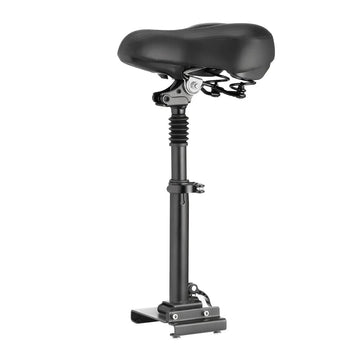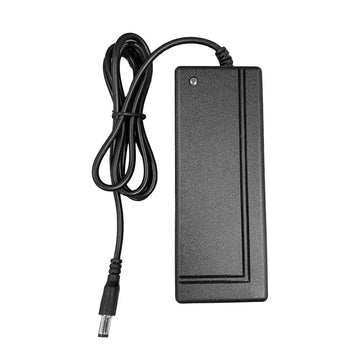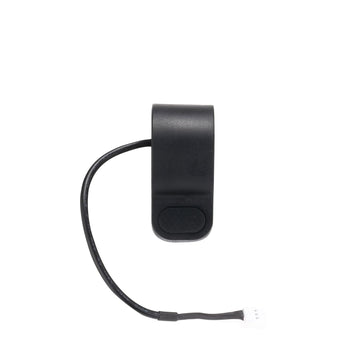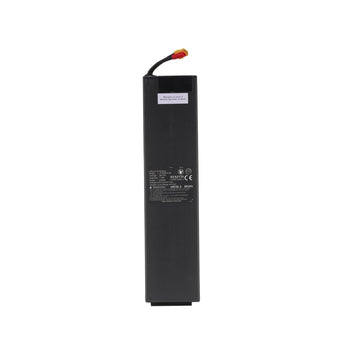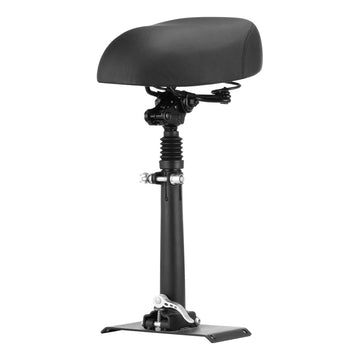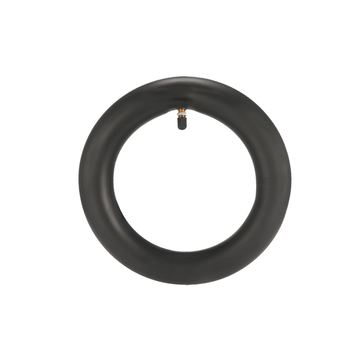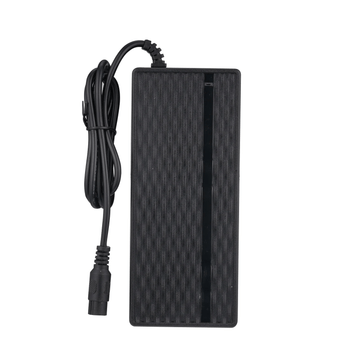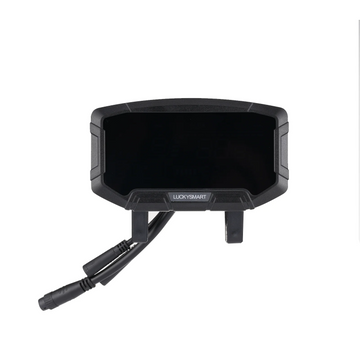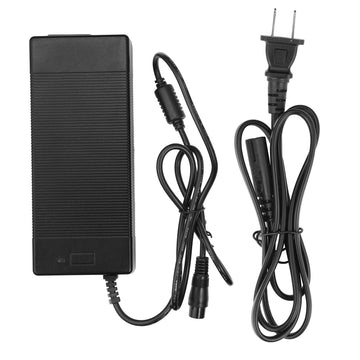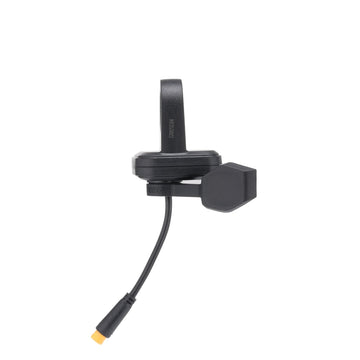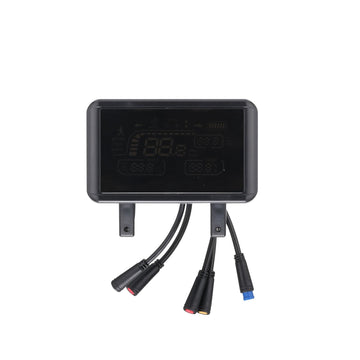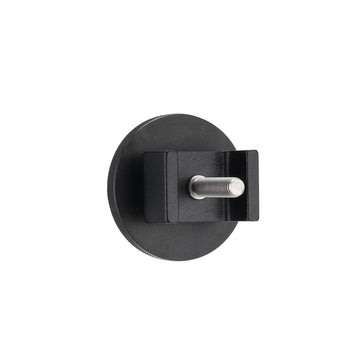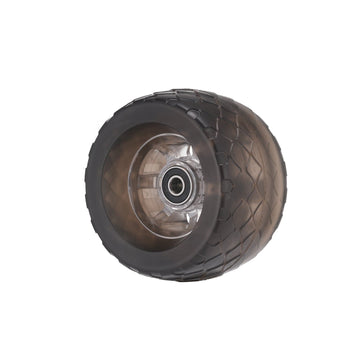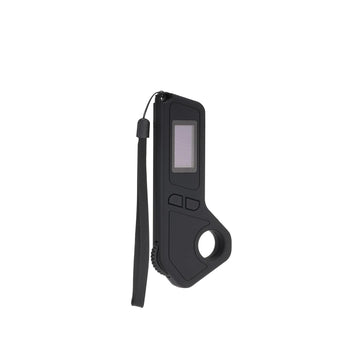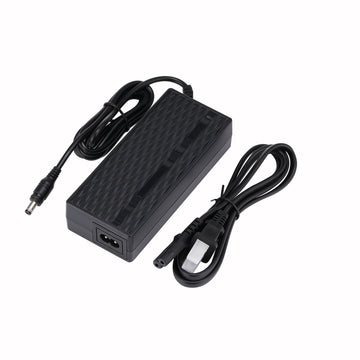
How long do eBike batteries last? This question is crucial for anyone using electric bikes, which are known for being easy and eco-friendly ways to travel. The life of an eBike battery depends on its quality, how often you use it, the types of places you ride, and how well you keep it up.
Electric bikes help you pedal more easily and go farther. The battery is a key part of the bike, and taking good care of it helps avoid problems and keeps it running well.
In this article, we'll explain what affects how long eBike batteries last and share tips to help you make them last longer. Whether you're new to eBikes or have been riding one for years, knowing about battery life can help you get the most out of your bike.
Navigate the urban jungle with ease using our compact and agile small electric bikes, the perfect eco-friendly solution for tight spaces and busy city life.
Understanding E-Bike Batteries
E-bike batteries are the power source that drives the electric motor. They are rechargeable and come in different types, sizes, and capacities.
In this section, we will discuss the different types of e-bike batteries and their components.
Types of E-Bike Batteries
The most common types of e-bike batteries are:
- Lithium-ion
- Lead-acid
- nickel-cadmium (NiCd)
Lithium-ion batteries are the most popular type of e-bike battery due to their high energy density, low weight, and long lifespan. Lead-acid batteries are the oldest type of rechargeable battery and are still used in some e-bikes. They are inexpensive but heavy and have a shorter lifespan than lithium-ion batteries. Due to their low energy density and memory effect, nickel batteries are not commonly used in e-bikes anymore.
Battery Technologies and Components
E-bike batteries are made up of several components, including the cells, the battery management system (BMS), the charger, and the casing. The cells are the most important component of the battery and determine its capacity and voltage. The BMS ensures that the battery is charged and discharged safely and efficiently. The charger is used to recharge the battery when it runs out of power. The casing protects the battery from damage and moisture.
Lithium-ion batteries are the most advanced type of e-bike battery and are made up of several cells connected in series or parallel. The cells are usually made of lithium-cobalt oxide, lithium-manganese oxide, or lithium-iron phosphate. The BMS of a lithium-ion battery monitors the voltage, temperature, and state of charge of each cell to ensure safe and efficient operation.
Lead-acid batteries are made up of several lead plates immersed in a sulfuric acid solution. They are heavy and bulky but are still used in some e-bikes due to their low cost and availability. The BMS of a lead-acid battery is simple and only monitors the voltage and state of charge of the battery.
Factors Affecting Battery Lifespan

Several factors can impact the lifespan of an eBike battery. Understanding these factors can help you maximize the quality and lifespan of your battery.
In this section, we will discuss some of the most important factors that can affect battery lifespan.
1. Temperature and Weather Influence
Extreme temperatures can greatly affect how long eBike batteries last. High temperatures can cause the battery to degrade more quickly, while low temperatures can reduce the battery's performance.
It is important to store your eBike battery in a cool, dry place, away from direct sunlight and extreme temperatures. Additionally, avoid exposing your eBike battery to rain, snow, or other weather conditions that can damage the battery.
2. Impact of Usage Patterns
How you use your eBike also greatly affects how long the battery lasts. For instance, using your eBike often and for long periods can make the battery wear out faster. Also, overcharging or letting the battery run too low can shorten its life.
It is important to use your eBike in a way that maximizes the lifespan of the battery. This may include limiting the amount of time you spend on the eBike, avoiding overcharging or discharging the battery, and following the manufacturer's recommended usage patterns.
4. Charging Habits and Cycle Life
How you charge your eBike battery can also impact how long ebike batteries last. Charging the battery too frequently or allowing it to fully discharge can lead to faster degradation.
It is important to adopt a charging routine that keeps the battery between 20% and 80% charge, which can help extend its life. Additionally, the number of charging cycles the battery undergoes can also impact its lifespan.
Most eBike batteries have a lifespan of 500-1000 charge cycles, after which they may start to degrade.
Venture beyond the beaten path with our robust off-road electric bikes, engineered for the thrill-seekers looking to conquer wild trails and untamed topographies.
Average Lifespan of eBike Batteries
The lifespan of an eBike battery can vary depending on several factors, including the type of battery, usage, and maintenance. Typically, an eBike battery can last for 3-10 years, or between 500 to 1,000 charge cycles.
Here are some details on the typical lifespan expectations for eBike batteries based on type and usage:
1. Lithium-Ion Batteries
Lithium-ion batteries are the most common type of battery used in eBikes. They are lightweight, have a high energy density, and are rechargeable. The typical lifespan of a lithium-ion battery is around 4-5 years or between 500 to 1,000 charge cycles. However, with proper maintenance, it is possible to extend the lifespan of a lithium-ion battery.
2. Lead-Acid Batteries
Lead-acid batteries are an older technology that is less common in eBikes today. They are heavier, have a lower energy density, and are less efficient than lithium-ion batteries. The typical lifespan of a lead-acid battery is around 2-3 years or between 300 to 500 charge cycles.
3. Usage of your E-Bike
The lifespan of an eBike battery can also be affected by usage. If you ride your eBike frequently or for long distances, the battery will experience more wear and tear, resulting in a shorter lifespan. On the other hand, if you only use your eBike occasionally or for short distances, the battery will last longer.
4. E-Bike Maintenance
Proper maintenance can help extend the lifespan of an eBike battery. This includes charging the battery regularly, storing it in a cool and dry place, and avoiding overcharging or deep discharging the battery. It is also important to follow the manufacturer's recommendations for the maintenance and replacement of the battery.
4 Helpful Tips for Extending Battery Life
Taking care of your eBike battery is crucial for extending its lifespan.
Here are some practical tips that you can follow to ensure that your battery lasts as long as possible:
1. Charge Your Battery Properly
Proper charging is essential for maximizing the lifespan of your eBike battery. Follow the manufacturer's guidelines for charging your battery. Avoid overcharging or undercharging your battery, as this can cause damage to the cells and reduce the overall lifespan of your battery.
2. Store Your Battery Correctly
Storing your battery properly is also important for extending its lifespan. Keep your battery in a cool, dry place away from direct sunlight and moisture. If you're not going to use your eBike for an extended period, store the battery at around 50% charge to prevent over-discharging.
3. Maintain Your Battery
Regular maintenance is necessary to keep your eBike battery in good condition. Clean the battery terminals regularly with a soft cloth to remove any dirt or debris. Check the battery for any signs of damage or wear and tear, such as cracks or leaks. If you notice any issues, take your eBike to a professional for repairs.
4. Use Pedal Assist
Using pedal assist can help extend the lifespan of your eBike battery. Pedal assist allows you to use less power from the battery, reducing the strain on the cells and helping to prolong the overall lifespan of the battery.
Signs of Battery Aging and Replacement Needs
As with any battery, eBike batteries will eventually degrade over time and need to be replaced.
Here are some signs to look out for that may indicate your eBike battery is aging and needs to be replaced:
-
Decreased Range: If your eBike is not covering as much distance as it used to, it may be time to replace the battery. This is because the capacity of the battery decreases over time as it goes through charge cycles. A typical eBike battery lasts between 500 to 1,000 charge cycles, after which the battery will retain less than 80% of its original capacity.
-
Slower Speeds: If your eBike is not reaching its maximum speed, it may be time to replace the battery. This is because the battery is no longer able to provide the necessary power to the motor to maintain the same level of speed as before.
-
Longer Charging Times: If your eBike battery is taking longer to charge than it used to, it may be a sign that the battery is aging and needs to be replaced. This is because the battery's internal resistance increases over time, which causes it to take longer to charge.
It is important to note that these signs may not always indicate that the battery needs to be replaced. For example, decreased range could also be caused by factors such as riding in a headwind or on hilly terrain. However, if you notice these signs and have ruled out other possible causes, it may be time to consider replacing your eBike battery.
How to Properly Care for Your eBike Battery
Taking proper care of your eBike battery is essential to ensure that it performs optimally and lasts as long as possible. Here are some tips on how to care for your eBike battery:
1. Charge Regularly
Just like any other battery, it's important to charge your eBike battery regularly. It's not a good idea to pack your eBike away for storage for years without using it. Regular use, charging, and discharging the battery by riding the eBike is best. If you can't ride for a longer period for some reason, about a month or more, it's recommended to charge the battery to about 80% and then store it in a cool, dry place.
2. Store at the Right Temperature
When you're not riding, store the battery around room temperature: 68°F/20°C or slightly lower. Feel free to store your bike in a weatherproof garage or shed, protected from the elements — but if the temps dip much higher or lower than 68°F/20°C, take the battery indoors.
3. Avoid Extreme Temperatures
Avoid exposing your eBike battery to extreme temperatures. High temperatures can damage the battery and reduce its lifespan. On the other hand, extremely cold temperatures can also affect the battery's performance. So, try to keep your eBike battery at a moderate temperature.
4. Use an Outlet Timer
It might not always be convenient for you to monitor your eBike's battery levels while charging to prevent it from reaching 100 percent. A lot of batteries will reach 80 or 90 percent within one or two hours, so you could get an outlet timer to help ensure your charger shuts off after that duration.
5. Avoid Overcharging
Overcharging your eBike battery can damage it and reduce its lifespan. So, make sure you don't leave it plugged in for too long after it's fully charged.
Tackle any terrain with confidence on our rugged fat tire electric bikes, built to provide stability and traction on even the most challenging surfaces.
Conclusion
In conclusion, the lifespan of an e-bike battery depends on several factors such as the quality of the battery, usage, and storage conditions. Lithium-ion batteries used in electric bikes generally last 2-5 years with proper care and usage. A charging cycle between 500 and 1000 times is expected before they begin to lose capacity.
Factors like battery capacity, riding conditions, storage temperatures, and charging habits impact longevity. Proper management and maintenance can significantly improve how long your eBike battery lasts. It is recommended to store the battery in a cool and dry place and avoid extreme temperatures. Also, avoid overcharging and regularly charge the battery to keep it healthy.
Understanding these factors can help you prolong the life of your battery and get the most out of your ebike.
Related Posts:
Frequently Asked Questions
How Much Does It Cost to Replace an Ebike Battery?
The cost of replacing an ebike battery will depend on the type and quality of the battery. On average, a new ebike battery can cost anywhere from $200 to $1000. Higher quality batteries tend to be more expensive, but they typically last longer and perform better.
How Long Does 48V Bike Battery Last?
A 48V bike battery can last anywhere from 2 to 10 years, depending on factors such as usage patterns, charging habits, and the quality of the battery. On average, most 48V bike batteries can last around 3 to 5 years with regular use. However, if the battery is well-maintained and used properly, it can last up to 10 years.
Which Ebike Battery Lasts Longest?
The lifespan of an ebike battery depends on several factors, including usage patterns, charging habits, and the quality of the battery. Generally, higher quality batteries tend to last longer than cheaper ones. Lithium-ion batteries are known for their long lifespan and high performance, making them a popular choice for ebike batteries.
Is It Ok to Charge eBike Battery Everyday?
Yes, it is safe to charge your ebike battery every day. In fact, it is recommended to charge your battery after every ride to ensure that it is always fully charged and ready to go. However, it is important to use a high-quality charger and not overcharge the battery, as this can damage the battery and reduce its lifespan.
How Long Does a 20Ah eBike Battery Last?
The lifespan of a 20Ah ebike battery will depend on several factors, including usage patterns, charging habits, and the quality of the battery. On average, a 20Ah ebike battery can last anywhere from 2 to 10 years with regular use. However, if the battery is well-maintained and used properly, it can last up to 10 years.
























